Parmigiano Reggiano is a PDO hard cheese, produced by skimming raw cow's milk, partially skimmed and without any additives. For this reason, Parmigiano Reggiano is considered a natural product and is among the most digestible cheeses.
Parmigiano Reggiano PDO is mainly produced in Emilia-Romagna, in the provinces of: Parma, Reggio Emilia, Modena, in Bologna and in Mantua, in the area to the right of the Po River.
It is not only one of the most famous cheeses in the world, but also one of the most famous Italian products in an absolute sense. It is considered an excellence of the Italian agri-food sector; it is also the third most produced cheese in Italy, with 3.8 million wheels per year.
In this guide we find out what are the nutritional values and characteristics of the product in order to guide the consumer in his choice of purchase.
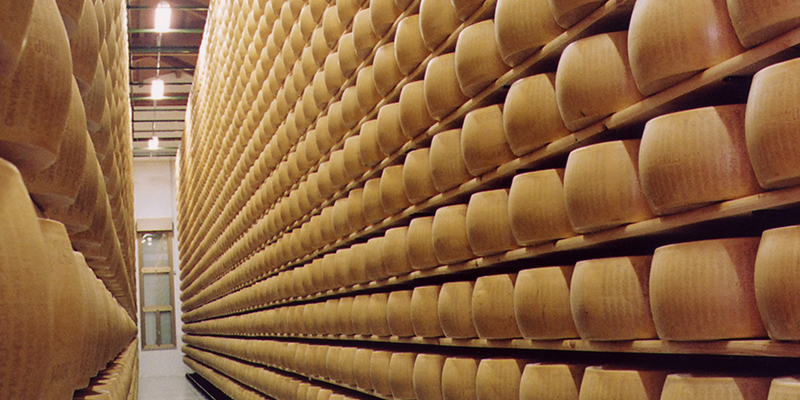

Characteristics and nutritional values of Parmesan cheese
Parmigiano Reggiano is an aged cheese, 100% naturally produced and composed only of water in a percentage of 30% and 70% of nutrients.
In particular, Parmesan is a natural source of calcium and phosphorus, which are essential for daily needs.
Being a product derived from cow's milk, it is rich in protein (32g per 100 of product).
The strength of Parmesan cheese is that it can be digested by everyone, as it is naturally free of lactose and other sugars (this is especially true for products aged at least 24/30 months). Therefore, those who suffer from milk intolerance can enjoy this mature cheese with confidence, precisely because Parmesan is lactose-free.
On the other hand, it contains various vitamins and mineral salts such as sodium, potassium, magnesium, iron, zinc, vitamin A, B2, B6, B12 and vitamin K, as well as smaller quantities of other vitamins.
Due to its high intake of nutrients, Parmesan cheese is high in calories, so excessive abuse of the food should be avoided. The recommended daily dose should not exceed 5 grams.
How to choose Parmesan cheese
When choosing Parmigiano Reggiano it is necessary to make sure that it is authentic, i.e. that it has the DOP mark, that it comes from one of the production areas and that it fully respects the regulations.
To choose the right wheel, just look at the rind, where the branding is present, with the dotted writing "Parmigiano Reggiano" and the casein plate that identifies the individual wheels.
The taste of the Parmesan varies according to the reference seasoning, marked by the stamps: lobster, silver and gold for the most seasoned.
The maturing of Parmesan cheese
The minimum maturation period for Parmesan cheese is 12 months, but it only reaches the right maturity to express all its characteristics around 24 months.
The qualities of Parmesan are best appreciated after a long period of maturation, which can exceed 48 months. When Parmesan reaches such a high level of maturity, it releases more intense aromas and flavours, which are excellent for enhancing the flavour of any dish, and it naturally becomes more digestible.
Average cost of Parmigiano Reggiano DOP
The price of Parmigiano varies according to the seasoning, the older the cheese the higher the price, while it goes down for 12-month Parmesan.
Generally speaking, 24-month Parmigiano costs 25 euros per kg, while 40-month Parmigiano can cost up to 40 euros per kg.
What is the Consorzio del parmigiano reggiano?
The Consortium of Parmigiano Reggiano was established in 1900 on the initiative of the Reggio Emilia Chamber of Commerce. Its aim is to protect and safeguard the PDO Parmigiano Reggiano cheese at every stage of the production chain: from the raw material to packaging and sales.
The Consortium's task is also to ensure that other products do not bear names, trademarks and other distinctive signs that refer to the PDO Parmigiano Reggiano; to protect the consumer from possible frauds, to the detriment of the original brand.
It was only in 2008 that the European Court of Justice ruled that terms evocative of the PDO Parmigiano Reggiano, such as, for example, parmesan, must be reserved for the original, produced according to the production regulations.
Difference between grana padano and Parmigiano cheese
Often, the less experienced consumer does not fully understand the difference between Parmesan and Gana Padano DOP, one of the most similar cheeses in terms of consistency and flavour.
Let's clarify. Grana Padano DOP has a wider production range than Parmigiano, including Lombardy, Piedmont, Trentino Alto Adige, Emilia Romagna and Veneto.
In addition to important differences in the processing procedure, compared to Parmigiano, Grana Padano PDO is produced from skimmed milk; for this reason, it is slightly less fatty than Parmigiano.
Grana Padano PDO also comes to maturity earlier, the minimum limit being 9 months, while the maximum maturity is no more than 24.
The seasoning also affects the taste, which, for the most attentive, is softer and sweeter than parmesan, which has a more savoury and full-bodied taste.


 Italiano (IT)
Italiano (IT)  Deutsch (DE)
Deutsch (DE)  Français (FR)
Français (FR)  Español (ES)
Español (ES)  Polish (PL)
Polish (PL) 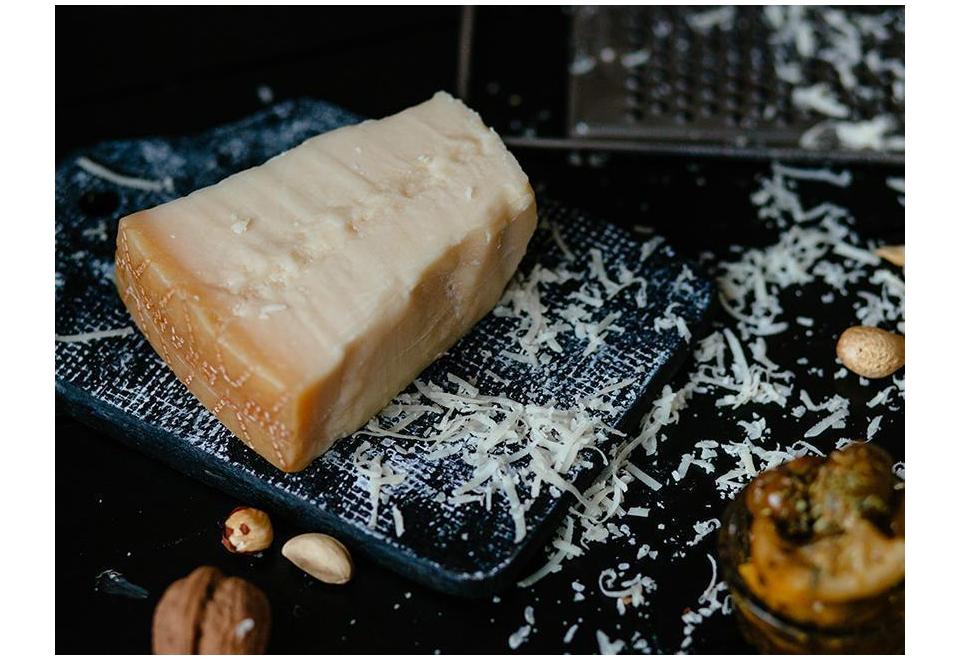
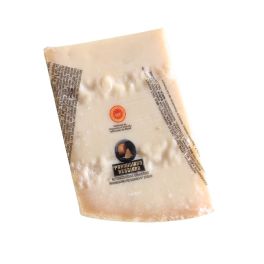
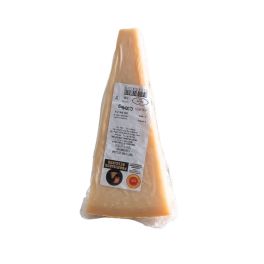
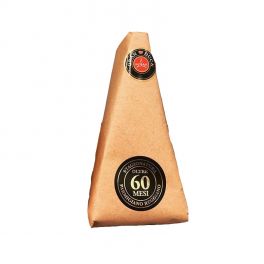

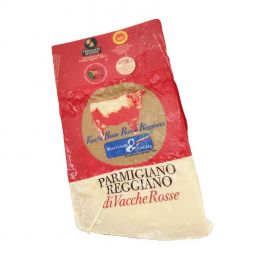
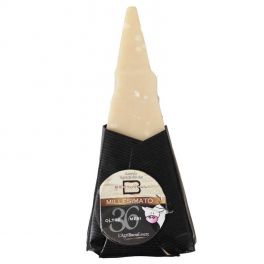
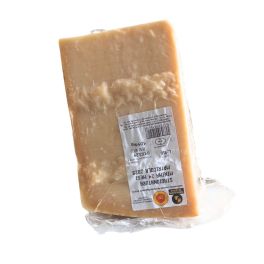
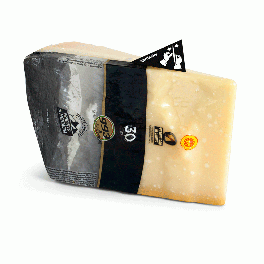
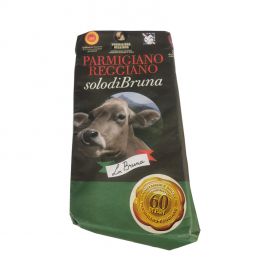
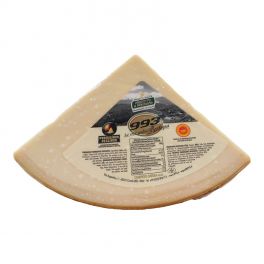
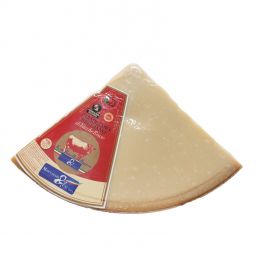
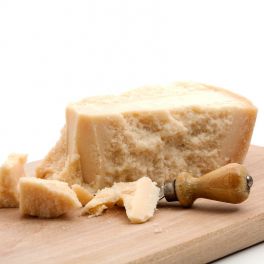

Share on: